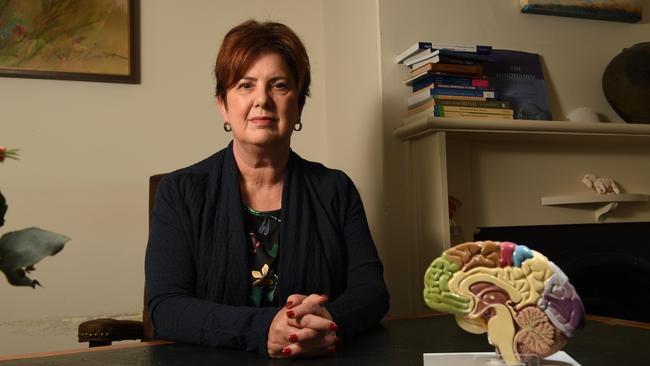Mount Gambier GP wait times longer than the rest of regional South Australia
Mount Gambier risks losing GPs, with poor attitudes towards immigrating doctors, and patients waiting up to a month for an appointment. See our full report.
Mount Gambier
Don't miss out on the headlines from Mount Gambier. Followed categories will be added to My News.
Mount Gambier residents are waiting longer to see a doctor than other regional South Australians, according to the Australian Medical Association.
The Mount Gambier News contacted all of the city’s general practitioner offices recording wait times of four, two and one weeks for a standard appointment with one clinic no longer able to take on new patients.
The exception was Tristar Medical Group – a fully bulk billing clinic – with an appointment available within 48 hours.

AMA South Australia president, Dr Michelle Atchison said while there was no ideal time-frame, Mount Gambier’s wait times were worse than other parts of the state.
With many waiting until they are quite unwell before calling, she said the delays could be a deterrent to accessing medical care and could lead people to further put off health concerns or end up in emergency.
“Long waiting times aren’t good for patients and they certainly put stress onto the system and are not sustainable in the long run,” Dr Atchison said.
“Say they’ve felt a lump in their breast and then if you ring your general practitioner and the wait time is five or six weeks, that’s not good medicine.
“You either wait to see your general practitioner who you have faith in, who knows you and knows your history or if you can’t get to see your general practitioner quickly you might have to go to the emergency department.
“That blocks up the emergency department with people that really should have seen their GP and you also don’t get the continuity of care.”
Dr Atchison said a countrywide regional doctor shortage and retention problem were contributing to the delays.

Despite Mount Gambier being an attractive regional option, she said the flow on impact of wait times – added workload pressures and disgruntled patients – would not convince doctor to stay long term.
“Rural areas are under-serviced and that is because doctors on the whole, do not want to go work in rural areas,” she said.
“If this isn’t addressed, then you run the risk of losing general practitioners, which then just makes the whole problem worse.”
Dr Atchison said retention was not assisted by a federal policy requiring doctors immigrating to Australia to spend their first 10 years in the regions in an attempt to combat the shortage.
While she said these doctors are often over-qualified, they were regularly met with poor attitudes towards foreigners and a lack of support.
“As soon as that 10 years is up they’re off to the city,” she said.
“It’s very difficult for the doctors to manage those sort of situations, let alone, patients feel that here is someone who doesn’t understand Australian culture or can’t quite understand their accent.”
As well as further regional training opportunities, Dr Atchison said it was key GPs and the Mount Gambier Hospital system worked together to improve the co-ordination of care.
“There’s always been a bit of a divide and I think that having your whole health system working together can only bring benefits for patients,” she said.
“Perhaps it’s time for (the Limestone Coast Local Health Network) to do some workforce planning, perhaps it’s time for them to have a look at the actual population growth in Mount Gambier, and to plan for recruiting new doctors.”





